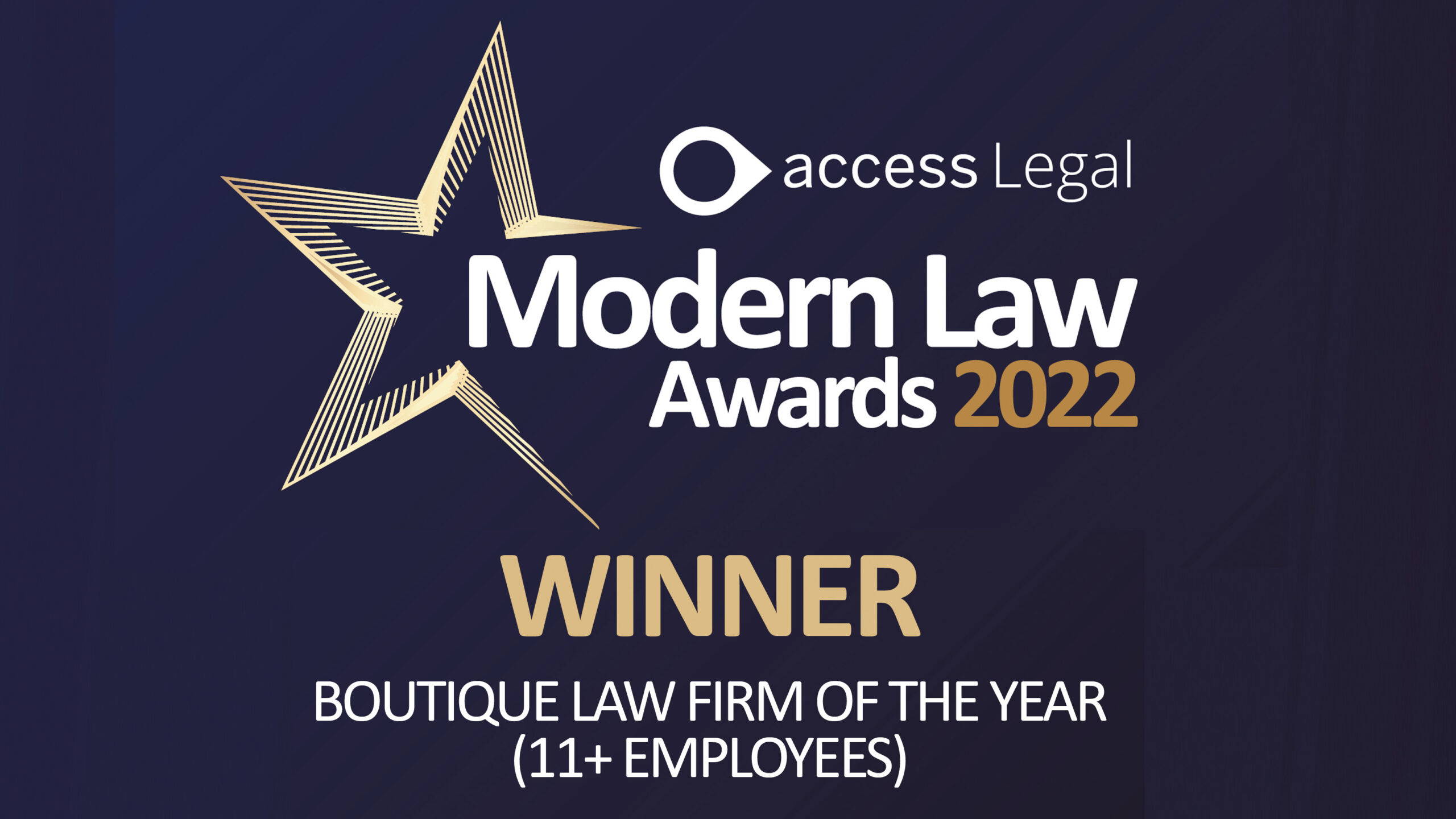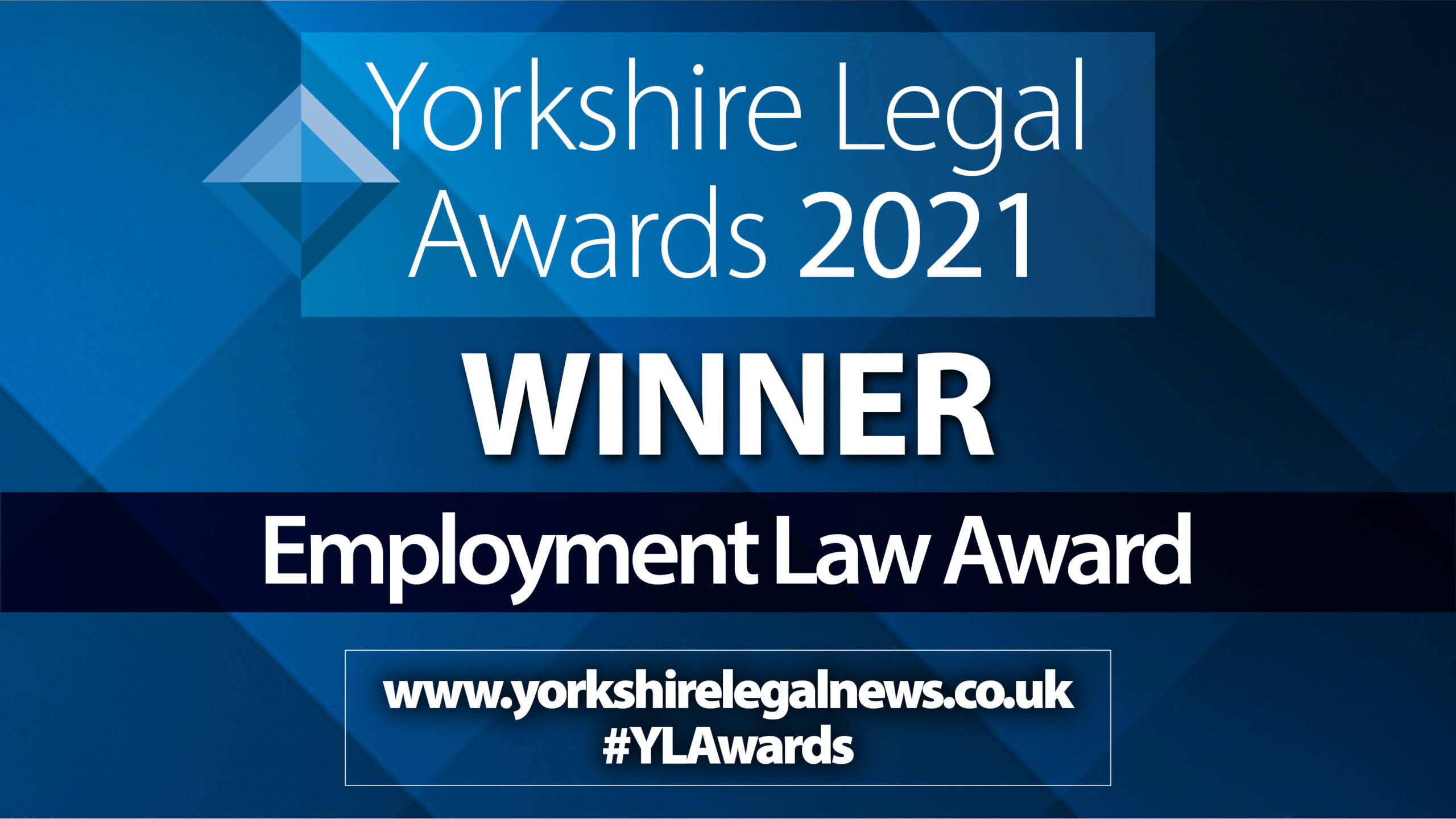Discrimination
At Thrive Law, we understand that discrimination in the workplace can be stressful, damaging, and complex. Discrimination can take many forms, and employees or workers with protected characteristics may experience unfair treatment, bullying, or harassment at work.
Understanding your rights and having the right legal support can make all the difference. Whether you are an employee seeking justice or an employer looking to navigate allegations responsibly, our experienced solicitors are here to guide you every step of the way.
What Is Workplace Discrimination?
Workplace discrimination occurs when an employee is treated unfairly or less favourably because of a protected characteristic. Discrimination can be direct, indirect, or take the form of harassment or victimisation.
Protected characteristics under UK law include:
- Age
- Disability
- Gender reassignment
- Race
- Religion or belief
- Sex
- Sexual orientation
- Marriage and civil partnership
- Pregnancy and maternity
It’s important to note that unfair or unkind treatment only amounts to discrimination if it relates to one of these protected characteristics.
Contact Us
How We Support Employers
If your business is facing a discrimination claim, we provide expert guidance at every stage:
- Proactive support: Manage allegations early, address grievances fairly, and work towards appropriate outcomes.
- Employment Tribunal representation: Defend your organisation through formal legal proceedings if needed.
- Strategic ED&I and coaching services: Reduce workplace discrimination risks by fostering an inclusive and compliant environment.
- Training and workshops: We offer tailored training sessions for managers and staff on equality, diversity, and inclusion (ED&I), as well as discrimination awareness and prevention. These sessions help teams understand their responsibilities under employment law and promote a respectful, inclusive workplace culture.
Our approach ensures employers can handle sensitive issues confidently while protecting their workforce and reputation.
How We Support Employees
If you believe you’ve experienced workplace discrimination, bullying, or harassment because of a protected characteristic, we can help.
Contact us at enquiries@thrivelaw.co.uk to arrange a free initial consultation. During this meeting, one of our solicitors will:
- Review your situation carefully
- Explain your legal rights
- Advise on the best steps to protect your interests
We are committed to supporting employees in achieving fair outcomes and protecting their dignity at work.
Direct Discrimination
Direct discrimination occurs when someone is treated less favourably because of a protected characteristic.
Example: Being rejected for a job due to religious beliefs or sexual orientation.
Indirect Discrimination
Indirect discrimination happens when workplace rules or practices apply to everyone but unfairly disadvantage people with a protected characteristic.
Example: Requiring all staff to work full-time could disadvantage women who may have childcare commitments. Such practices must be justified to avoid being discriminatory.
Harassment
Harassment is unwanted behaviour linked to a protected characteristic that violates an employee’s dignity or creates an intimidating, hostile, or offensive work environment.
Includes: Sexual harassment, which involves unwanted conduct of a sexual nature with the purpose or effect of creating a degrading or offensive environment.
Victimisation
Victimisation occurs when an individual is treated unfairly for making a complaint about discrimination or harassment.
Failure to Make Reasonable Adjustments (Disability Discrimination)
Under the Equality Act 2010, employers are legally required to make reasonable adjustments for employees with disabilities. Failure to do so can amount to disability discrimination.
Example: Not providing accessible equipment, flexible working hours, or modifications to the workplace that would allow a disabled employee to perform their role effectively.
Employers are expected to anticipate and remove barriers that may disadvantage disabled employees. If an adjustment is reasonable and practical, failing to implement it can lead to a legal claim.
We provide dedicated advice and representation for discrimination claims relating to:
- Age Discrimination
- Disability Discrimination
- Gender Reassignment Discrimination
- Race Discrimination
- Religion & Belief Discrimination
- Sex Discrimination
- Sexual Orientation Discrimination
- Marriage or Civil Partnership Discrimination
- Pregnancy & Maternity Discrimination
- Bullying & Harassment









